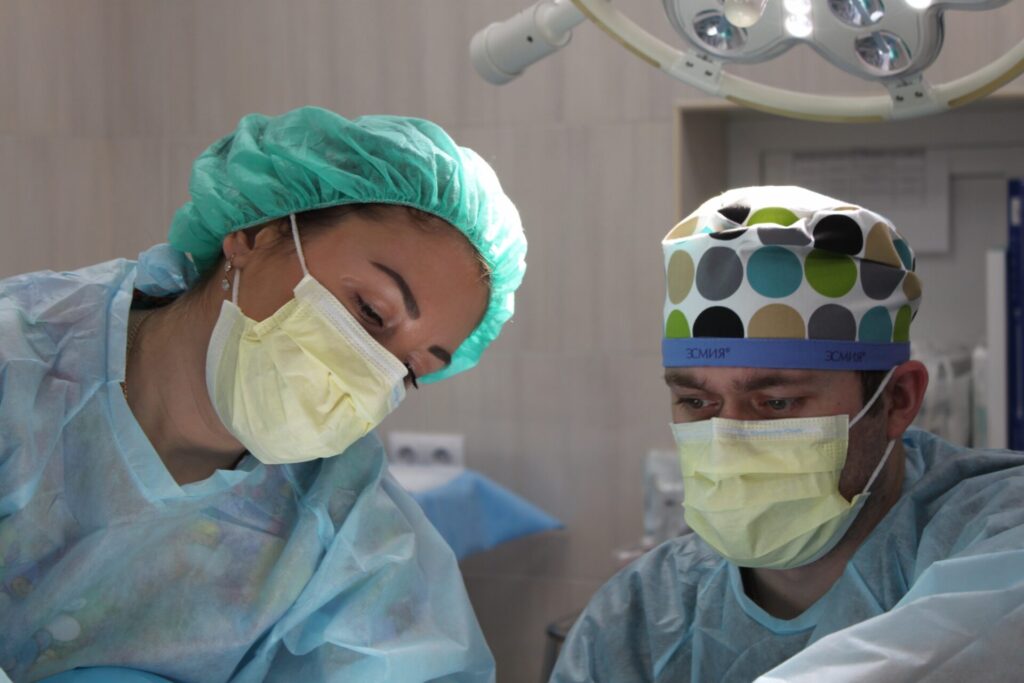How Physical Therapy Helps After Microdiscectomy
If you recently had a microdiscectomy for sciatica pain, recovery can be challenging. Physical therapy is now a popular treatment for this surgery, helping to address pain and restore functionality faster. In this blog post, we’ll discuss how physical therapy aids recovery by strengthening core muscles, supporting injured spines, and improving mobility after surgery. We’ll also provide helpful tips for staying safe during treatment for a healthy rehabilitation journey.
Overview of Microdiscectomy Surgery
Microdiscectomy surgery is a minimally invasive procedure that can work wonders for certain types of back pain. By removing a small portion of a spinal disc that’s pressing on a nerve, this surgery can alleviate a variety of symptoms, from numbness and tingling to weakness and pain. While it may sound intense, microdiscectomy is considered one of the safest and most effective surgical interventions for back pain, with a high success rate and minimal recovery time. So if you’re struggling with the kind of back pain that’s caused by a herniated disc, microdiscectomy could be just the solution you’ve been searching for.
Benefits of Physical Therapy After Microdiscectomy
Microdiscectomy is a surgical procedure that aims to remove herniated disc material from the spinal cord. Although the procedure is minimally invasive, it still takes a toll on the body. This is where physical therapy comes in to help with the recovery process. Physical therapy can aid in strengthening muscles around the spine, improving mobility and flexibility, and reducing pain and discomfort. Additionally, physical therapy can help in preventing future complications that may arise from the surgery and aid in the overall well-being of the patient. With the help of a physical therapist, patients can regain their strength and return to their normal activities sooner.
Types of Physical Therapy for Post-Op Care
After undergoing surgery, it’s important to follow a proper recovery plan to ensure a successful healing process. Physical therapy is a crucial component of post-op care, as it not only helps to improve mobility and range of motion but also helps to alleviate pain associated with surgery. Physical therapists will typically recommend a variety of treatments and exercises to their patients, depending on their specific needs and condition. For example, for joint replacements, patients may begin with simple range-of-motion exercises before progressing to strength-building exercises. Soft tissue mobilization, electrical stimulation, and hot/cold therapies are other forms of physical therapy that may be utilized to help patients regain strength and mobility. By working with a physical therapist, patients can receive a personalized plan of care that is tailored to their specific needs, helping them to achieve a faster and more thorough recovery.
Common Questions About Physical Therapy After Surgery
Physical therapy is an essential part of the recovery process after surgery. It helps patients regain their range of motion, strength, and flexibility. However, many people have questions regarding this process, and we’re here to answer them for you. One of the most commonly asked questions is how long physical therapy is necessary after surgery. The answer to this varies depending on the individual and the procedure, but it typically lasts several weeks to several months. Another popular question is what types of exercises are involved in physical therapy after surgery. The exercises are tailored to each individual’s needs and depend on the type and extent of the surgery. Finally, patients wonder about the frequency of physical therapy sessions. Typically, patients attend physical therapy sessions two to three times a week, but again, this varies depending on the individual and surgery type. If you have more questions about physical therapy after surgery, don’t hesitate to ask your healthcare provider.
Conclusion
In summary, physical therapy after microdiscectomy surgery can be a beneficial part of post-op care. It can help with recovery and reduce soreness and stress on the body following major surgery. Different types of physical therapy treatments are available and should be tailored to your individual needs to get the best results from treatment. When searching for a physical therapist, it is important to make sure they are experienced and certified in your specific type of physical therapy treatment. If you have any questions or need more information about physical therapy following microdiscectomy surgery, there are plenty of helpful resources available online that provide detailed answers. With this knowledge in hand, you can feel empowered to make informed decisions about the treatments and therapies right for you. As always, talking with your doctor or healthcare provider is always recommended.

